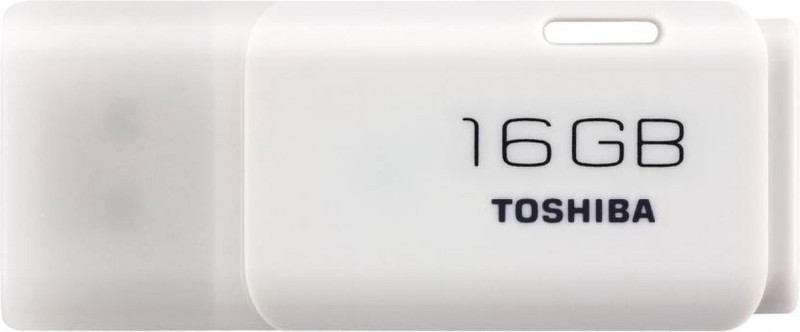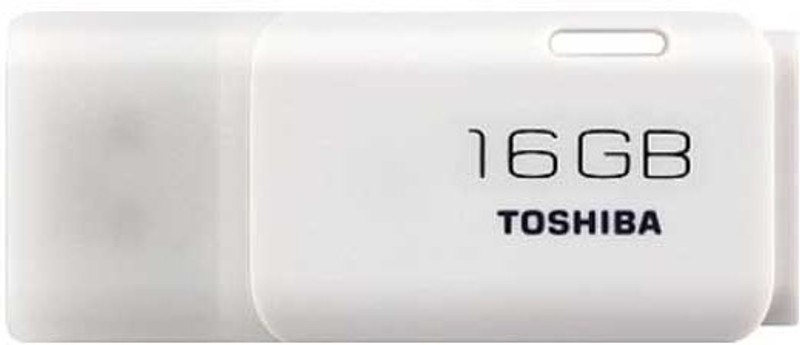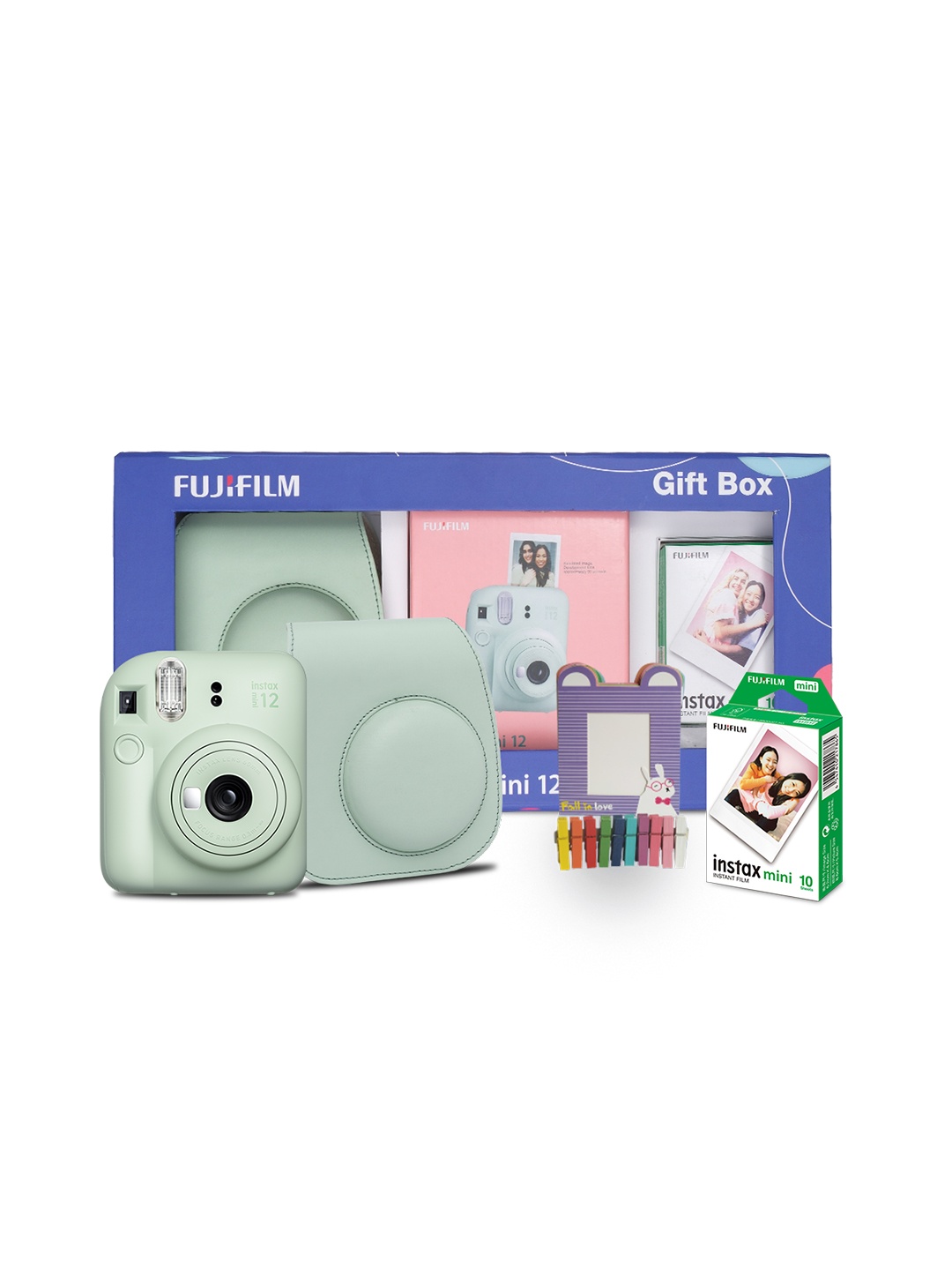Are Collapsible Wardrobes Durable? Things To Know Before Buying One

The humble wardrobe has evolved. Gone are the days when a hefty oak armoire was the only way to store clothes. Enter the collapsible wardrobe, sleek, lightweight, and surprisingly stylish. With city living on the rise and space shrinking faster than a wool jumper in a hot wash, these portable wonders have found their place in flats, student digs, guest rooms, and even garages.
But despite their charm, a fair question lingers in the minds of many: Are collapsible wardrobes durable? It's a valid concern, especially when investing in something that needs to stand tall under the weight of your winter coats and everyday chaos. Before bringing one home, it helps to understand what you're signing up for. So, let's unzip the truth behind these foldable fixtures and discover whether they're built to last, or just a fleeting fling in the world of furniture. Are Collapsible Wardrobes Durable? What to Know Before Buying One for Your Home
1. Material Matters: Not All Fabrics Are Created Equal
The first thing to examine is the material. Collapsible wardrobes usually feature a fabric cover that zips shut like a soft cocoon. While they might look similar at a glance, the quality of fabric can vary wildly. Some are made from flimsy non-woven material that tears at the first brush with a coat zip. Others boast reinforced canvas or oxford fabric that stands firm like a loyal soldier.
It's worth checking whether the fabric is waterproof or dust-resistant, both vital in unpredictable UK weather. That way, if you've placed the wardrobe in a slightly damp loft or near a draughty window, your clothes remain untouched by mould or mildew.
Then there's the frame, often metal or plastic. Metal, especially powder-coated steel, tends to offer more resilience than plastic pipes, which may bend under pressure. It's a bit like choosing between a sturdy brolly and one from the corner shop that flips inside out at the first gust. Choose wisely.
2. Assembly Drama: Is It a One-Person Job or a Full-Family Affair?
While collapsible wardrobes are marketed as easy to assemble, the reality can sometimes feel like solving a flat-pack jigsaw with missing instructions. The poles rarely snap together without a little coaxing, and the fabric cover, oh, the fabric cover, might test patience levels you never knew existed.
That said, some models are brilliantly intuitive, practically assembling themselves with colour-coded parts and clear diagrams. Others might require two people, especially if you're trying to stretch the fabric taut or line up the rods just so.
Durability, in this context, starts with how well it's put together. A wobbly frame from rushed assembly can spell trouble down the road. So take your time. Follow the steps. Maybe even treat it like a Sunday project, with a cuppa and some background music to keep the mood light.
3. Weight Limit Issues: How Much Can It Handle?
This is where things get a little dicey. Collapsible wardrobes often come with hanging rails that look deceptively sturdy. But throw in five winter coats, two jeans, a hoodie or three, and suddenly that rail starts to sag like a tired trampoline.
Each model usually lists a weight limit, and it's crucial to respect it. Ignore it, and you might wake up to a midnight crash, or worse, a cascade of crumpled clothes. Lightweight items such as summer dresses and shirts? No problem. But if your wardrobe leans heavy (literally), then it's worth looking for reinforced frames or double-bar designs.
Some clever brands now include extra support bars or tension straps to boost carrying capacity. It's a small addition that makes a world of difference, especially if your fashion sense involves layers, boots, and jackets that weigh more than your dog.
4. Storage on a Budget: Affordability vs. Longevity
Let's not beat around the bush, collapsible wardrobes are affordable. That's part of their appeal. A full-sized wooden wardrobe can set you back hundreds of pounds, while a fabric one might cost less than a fancy dinner for two.
But does cheaper mean cheerful? Sometimes. If the wardrobe is only needed for short-term use, a student term, temporary relocation, or even festival camping, it's a brilliant investment. It gets the job done without draining the bank.
However, if long-term storage is the goal, it's worth spending a little extra. Cheaper models tend to show wear quickly: zips break, poles warp, and the fabric sags. A mid-range option with solid materials and good reviews often strikes the balance between cost and durability. As with many things in life, you get what you pay for.
5. Space-Saving Superpowers: Great for Small Homes
Here's where collapsible wardrobes shine like a knight in polyester armour. If space is tight, these wardrobes tuck neatly into corners, under stairs, or along spare bedroom walls. When not needed, they can be taken down and stored flat, no fuss, no bulky frame.
They're also a favourite in shared houses, where everyone wants their storage without major rearranging. And for renters? A dream. No permanent fixtures, no heavy lifting on moving day. Just disassemble, pack, and go.
But don't expect miracles. While they save space, they don't always maximise it. Shelves are usually soft or saggy, and sections might not suit everyone's needs. It's a bit like living out of a suitcase, great for a while, but eventually, a proper drawer or two starts sounding appealing.
6. Style and Substance: Can They Look Good, Too?
Let's be honest, collapsible wardrobes have long suffered in the style stakes. Often relegated to student bedrooms or basements, they weren't exactly pin-ups for interior design. But times have changed.
Now, many models come in chic neutral tones, modern patterns, and even faux-wood prints. Some are minimalist and elegant, blending into Scandinavian-style décor with surprising grace. A few even come with transparent panels or stylish flaps that wouldn't look out of place in a Pinterest-worthy home.
However, the balance between aesthetics and practicality matters. A gorgeous wardrobe that collapses under pressure is no good. Aim for a design that doesn't just match your curtains but holds its own in everyday use. After all, what good is beauty without backbone?
7. Maintenance and Cleaning: Easier Than Expected
One of the perks of a fabric wardrobe is that cleaning it doesn't involve heavy lifting or endless polishing. Spotted a stain? Just wipe with a damp cloth. Need a deeper clean? Some covers are removable and machine-washable, just double-check the label first.
Dust can be a bit of an issue if the wardrobe is zipped open often. But keeping it closed when not in use helps, as does placing it away from vents or windows. For added peace of mind, pop in a few silica gel packets or scented sachets to ward off damp and musty smells.
It's a low-maintenance option. No squeaky hinges or sticky drawers. Just a simple structure that does its job, like that reliable friend who never complains and always turns up on time.
8. Longevity Test: How Long Do They Last?
So, how long can one reasonably expect a collapsible wardrobe to stick around? The honest answer: it depends.
With gentle use, a decent model can last several years. Think of it like a good pair of trainers, fine for regular use, but not built for marathons. If it's kept indoors, away from damp, and not overloaded, it should serve faithfully. But in harsher conditions or with heavy daily use, wear and tear creep in quicker than expected.
Reviews from real users paint a mixed picture; some swear by them, others share horror stories of collapsing rails and torn fabric. The takeaway? Choose carefully, treat it kindly, and don't expect miracles. It's a brilliant stopgap or secondary storage solution, but for long-term, heavy-duty use, a more permanent wardrobe might be worth the investment.
Products Related To This Article
1. GALLAXY 88130 Cotton Collapsible Wardrobe
2. CONTINENTAL 6+2 Shelves Portable 88130 PP Collapsible Wardrobe
3. ZENVEXYO PP Collapsible Wardrobe
4. Attache Carbon Steel Collapsible Wardrobe
5. FLIPZON Baby 6 Shelve Unbreakable Material PVC Collapsible Wardrobe
6. ZENVEXYO BRANDED 6 LAYER Carbon Steel Collapsible Wardrobe
7. MEZIRE 3-Door Foldable Wardrobe,8 Racks, Brown PP Collapsible Wardrobe
8. CMerchants Light Brown-Metal-6 Layer Carbon Steel Collapsible Wardrobe
9. ASHLAS 4 Plastic Modular Drawer System for Home
10. Sasimo 12-Door 12-Shelf Plastic kids Collapsible Cupboard PC Collapsible Wardrobe
Collapsible wardrobes are like the underdog of the furniture world, often underestimated, occasionally scoffed at, but surprisingly capable when given the right conditions. They're not built to rival heirloom furniture or outlast your mortgage, but they have a solid role in modern homes.
Whether you're furnishing a student room, tackling a lack of storage, or simply want something that can be packed away with ease, a collapsible wardrobe offers flexibility and affordability. Just be mindful of the build, respect the weight limit, and go for quality over the cheapest option.
Durable? Yes, if chosen wisely and used with care. Stylish? Getting there. Practical? Absolutely. And sometimes, that's exactly what a home needs.
Disclaimer: The images used in this article are for illustration purpose only. They may not be an exact representation of the products, categories and brands listed in this article.





























